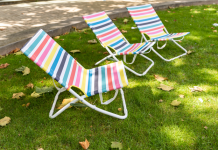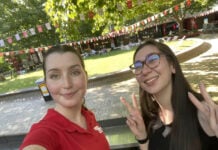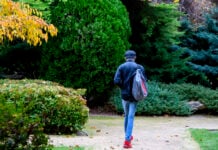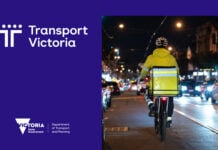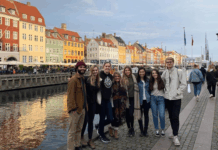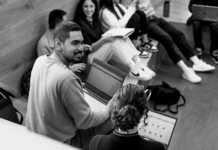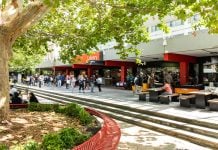Sudden cardiac arrest (SCA) is one of the leading causes of death worldwide, affecting people of all ages without warning.
Immediate response during an SCA event can be the difference between life and death. This is where Automated External Defibrillators (AEDs) play a critical role.
What is an AED?
An Automated External Defibrillator (AED) is a portable, user-friendly device designed to deliver an electric shock to the heart when it detects a life-threatening arrhythmia, such as ventricular fibrillation. This shock can help restore a normal heart rhythm and potentially save a person’s life.
Why AEDs are important
- Life-Saving potential: Time is crucial during cardiac arrest. For every minute that passes without defibrillation, the chances of survival decrease by about 10%. An AED can provide the life-saving shock needed before emergency medical personnel arrive.
- Ease of use: Modern AEDs are designed to be simple and intuitive, even for individuals with no medical background. Voice prompts and visual instructions guide the user step by step through the process.
- Accessibility in public spaces: Many public places, such as airports, schools, gyms, and shopping malls, are now equipped with AEDs, making it easier for bystanders to take swift action.
- Empowering bystanders: Having access to an AED empowers everyday people to act confidently in emergencies, increasing survival rates.
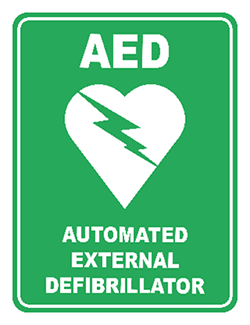
Knowing the nearest AED location
Awareness of AED locations is essential for effective response during emergencies. Here are practical tips for staying informed:
- Know where to find an AED at La Trobe
The most important thing for you to know is the location of your closest unit because the earlier an AED can be applied to a patient, the greater their chance of survival from a sudden cardiac arrest. Review your nearest locations: https://www.latrobe.edu.au/emergency/planning/defibrillators
- Be aware of signage
Look for universal AED signs – a heart with a lightning bolt – in public places and on the doors of La Trobe buildings that have an AED inside.
How to Use an AED
Using an AED is straightforward, and most devices provide clear instructions. However, here are the general steps:
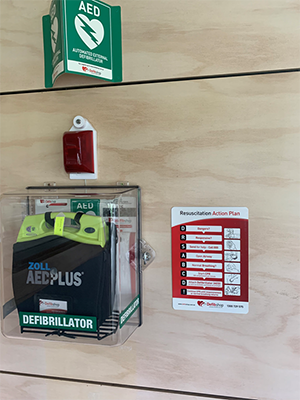
- Ensure safety: Check the scene for hazards and confirm that the person is unresponsive and not breathing or only gasping.
- Call for help: Dial emergency services immediately or ask someone else to do so.
- Prepare the AED: Turn the device on and follow its prompts.
- Attach pads: Expose the chest and apply the pads as shown on the AED. One pad goes on the upper right side of the chest, and the other on the lower left.
- Analyse heart rhythm: Ensure no one is touching the patient while the AED analyses the heart rhythm.
- Deliver shock if advised: If the AED advises a shock, make sure everyone is clear of the patient and press the shock button.
- Resume CPR: Continue CPR (30 compressions and 2 breaths) until the AED instructs otherwise or emergency responders arrive.
Be prepared – complete training
Defib Ready: Register for the upcoming La Trobe Defib Ready Presentation being held at the Bendigo Campus and online on 23 July 2025.
This session will give you all the information you need to use an AED during a cardiac emergency.
- Location: Bendigo Campus Room TBC or via zoom for those that are unable to attend in person.
- Date: 23 July 2025
- Time: 10:30 am to 12:00 pm
- Cost: FREE
- Registration – Sign up here
You can also keep an eye out for first aid and CPR courses that include AED awareness.
Conclusion
AEDs are powerful tools that can significantly improve survival rates for sudden cardiac arrest victims. Knowing where AEDs are located and how to use them effectively empowers individuals to act quickly and confidently in emergencies. By spreading awareness and encouraging AED training, we can all contribute to creating safer, heart-smart communities.
